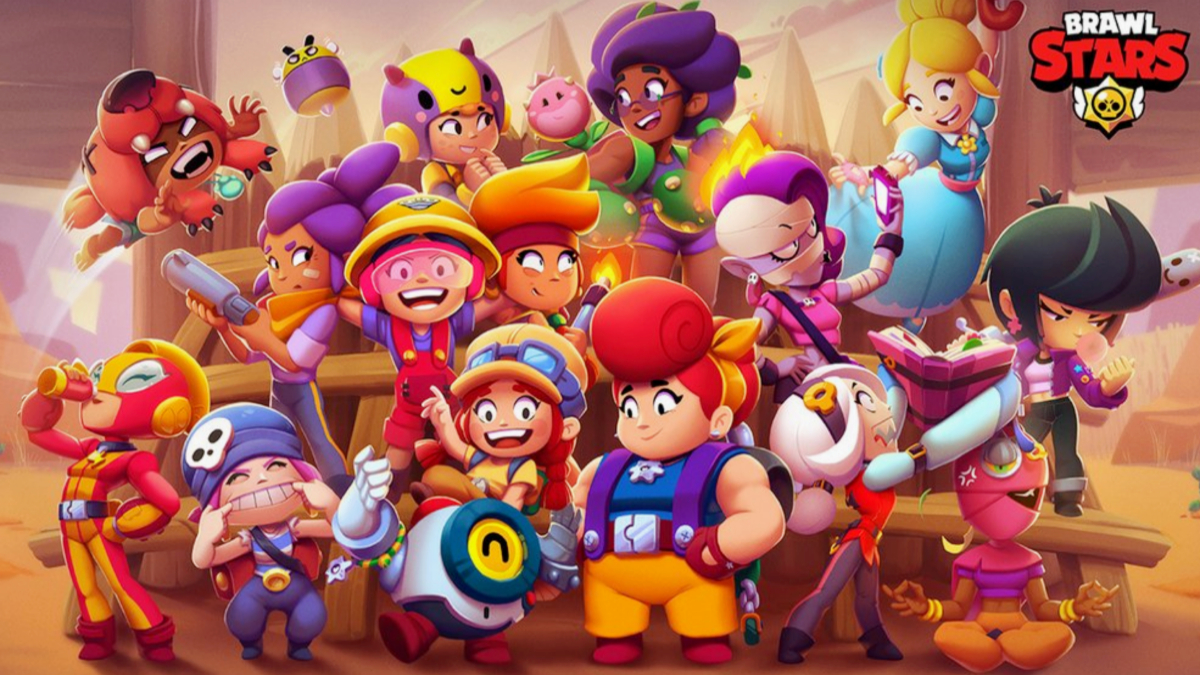
Gamebooks were all the rage in the early ’80s when CRPGs were not evolved enough to conjure up a convincing, colorful fantasy world, but, even back then, they always felt like a substitute, a quick fix for the rainy days and stray hours when you couldn’t set up a D&D session with your friends. The format may be mounting something of a digital comeback, with titles like Joe Dever’s Lone Wolf HD Remastered and This Book is a Dungeon, but in a genre dominated by the epic open-ended experiences crafted by Bethesda and CD Projekt Red, can they still fulfil a role other than sheer nostalgia?
Sorcery! Parts 1 & 2 is not simply referencing those entertainment relics of childhoods past. Instead, it actually attempts to recreate Steve Jackson’s book series of the same name for use with mouse and keyboard, in place of pencil and dice. The story begins as rather unexceptional save-the-world stuff: the powerful Crown of Kings has been stolen by an evil archmage and your character, known simply as the Analander, has to seek him out and retrieve it.
The first part, The Shamutanti Hills, is a typical wilderness adventure featuring the early stages of your journey from your homeland to the city of Khare on your way to the wizard’s fortress. While the second, The Cityport of Traps, embroils you into the politics, corruption, and conspiracies of an urban environment that, while more civilized, is no less dangerous.
In terms of its presentation, the game remains faithful to its origins. John Blanche’s wonderfully grotesque illustrations are retained and each chunk of text describing your current situation and spelling out your choices is offered in the form of a page scrap. The surprisingly lengthy spellbook you may choose to carry along (sacrificing some of your fighting prowess if you do) looks beautiful and the overhead map where you trace out your route is not only quite evocative, but also features a host of visual clues as to what you may encounter along the way.
The decision to replicate the aesthetic of a paper product (which also served last year’s Guild of Dungeoneering quite well) is probably a wise one, eliciting fond memories of the original gamebooks and distracting from its antiquated mechanics. The sound design is minimal but effective, complementing words and images with the murmur of a crowd in a closing market, the creaking of an old board, or the howling of the wind at the bottom of a narrow ravine.

Inkle has made a considerable effort to spruce up the inherently limited toolset of the format. The basic interactions of the game, naturally, still involve mainly reading about your latest plight and making an informed choice out of a range of, usually, two or three available actions, but there is also a nuanced combat system, magic, and a rather ingenious game of dice to occupy the player.
Fighting is basically a smartly concealed rock-paper-scissors mechanic: you can either defend, taking minimum damage and recovering stamina, or attack on a sliding scale, from a weak jab to a full charge. Strong attacks beat lighter ones, lighter ones are preferrable against defence, and defence mostly neutralizes a strong attack inflicting a heavy penaly on the opponent’s stamina in the process. It’s a system that requires some tactical thinking and guesswork, keeping combat from becoming too repetitive.
Magic is less succesfully implemented. While the spellbook is unexpectedly varied, featuring 48 spells producing a wide range of effects, from attack damage to communicating with animals, you can only use these powers when prompted by the text. Worse, even on those occasions, only a limited number of spells is available, frequently excluding those that are obviously relevant to the situation at hand: jumping through the crack of a broken ceiling into a dark, underground chamber, I had no access to the spell that could cushion my fall, even though I was allowed to attempt something as useless as conjuring up a fireball.
Swindlestones, the dice game introduced in the second part of Sorcery! in the alleys and watering holes of Khare works like a charm and endows the game with its more complex set of interactions. Two players start by rolling a number of four-sided dice and then take guesses on the numbers rolled. Whoever loses the round removes a die from their hand and the game proceeds until one of the players runs out of dice. It’s a simple concept that gains considerable depth by combining it with a social aspect: swindlestone players are chatty, and, it seems that the higher the stakes, the more willing they become to part with useful information. Playing it safe may win you the game (along some precious gold coins), but it’s the riskier plays that will elicit clues which may prove vital to your quest.

Despite these enhancements, Sorcery! remains an experience locked within the inherent restrictions, the rigidity and linearity, of the gamebook format. Your choices are typically limited to picking a direction in a forking path and your participation in the major events of the story as well as your place in the final outcome of each chapter is more or less predetermined. That may be true of most games, but in a system as simplistic and transparent as this, it becomes glaringly, problematically obvious.
The lack of any real stakes further aggravates the issue: with relatively rare battles, numerous opportunities to heal (primarily via a recharging prayer ability) and, most crucially, a rewind option that allows you to go back seamlessly to a previous section, it was impossible for my excitement to remain intact under the constant awareness I ran no risk of wandering astray, let alone of losing the game. Sorcery! simply feels too safe for its own good.
Perhaps the polished presentation and decent writing, along with the more modest demands of mobile platforms justify the praise it garnered when it first came out a couple of years ago – it does seem like a great way to pass the time during a flight or at the back of a particularly slow-moving queue. PC gaming is a different beast altogether, however, and Sorcery! Parts 1 & 2, while creative enough with its origins to provide an enjoyable experience, is still best recommended to a specific type of player: one that is willing to become absorbed in a text-heavy, linear experience and whose gaming inclinations lean more towards dutifully following a slowly unfolding epic story than experimenting with more open worlds and the opportunities of interaction therein.








Published: Feb 2, 2016 11:00 am